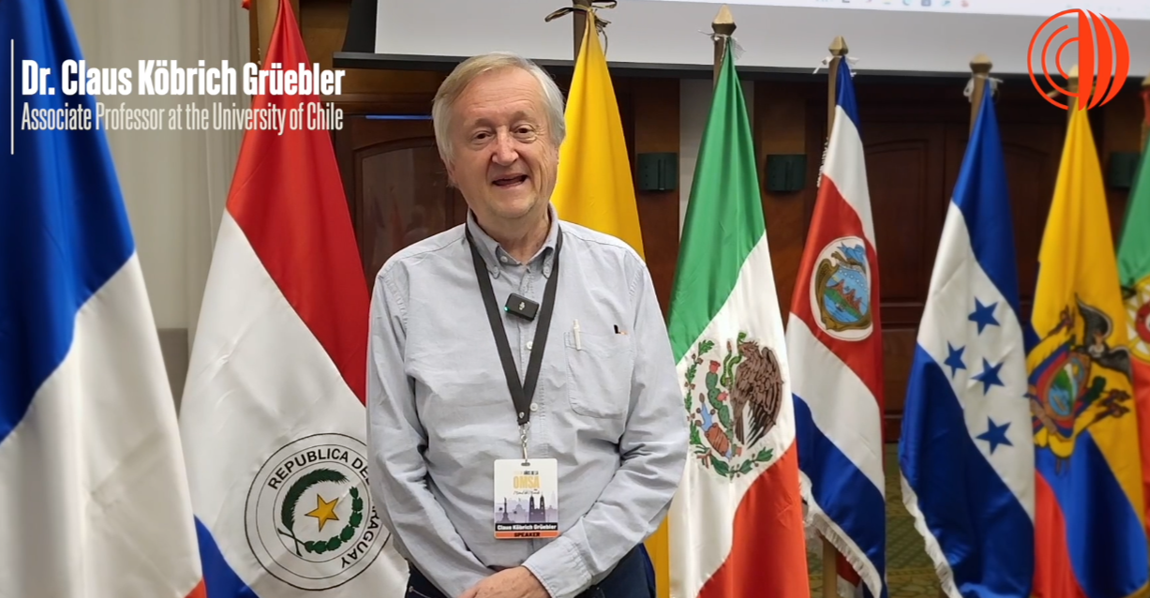Despite being eradicated for many years from Central America, the new world screwworm is back. This parasitic disease is caused by the larvae of the Cochliomyia hominivorax fly, which feed on the living tissue of warm-blooded animals, destroying it as they grow. It affects not only cattle, but also canines, pigs, horses, and even humans, representing a “One Health” challenge.
The World Organisation for Animal Health (WOAH) works within the Global Framework for the Control of Transboundary Animal Diseases (GF-TADs), collaborating with international organisations and Members in the region. Through this cooperative approach, stakeholders participated in informative and strategic meetings to curb the spread of screwworm. The goal is to develop an action plan for the Americas and establish a Permanent Group of Experts to continuously monitor the disease situation and support the coordination of regional activities.
In this interview, Dr Claus Köbrich Grüebler, Associate Professor at the University of Chile, reviews the most important aspects of the impact and control of this disease:
More information:
WOAH would like to acknowledge the support provided by Agrocalidad Ecuador to produce this material.
